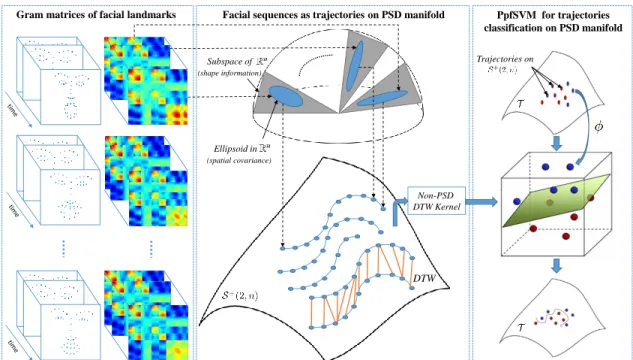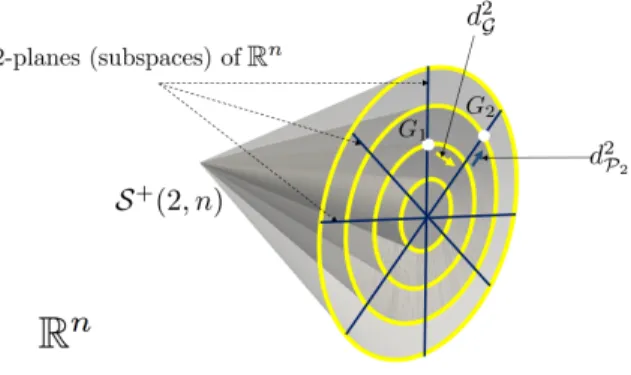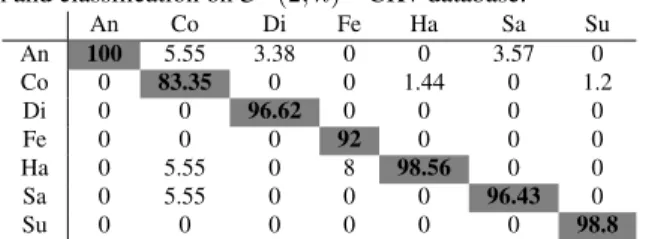A Novel Space-Time Representation on the Positive Semidefinite Cone for Facial Expression Recognition
Texte intégral
Figure




Documents relatifs
Meng, “Automatic 3d facial expression recognition using geometric and textured feature fusion,” in IEEE International Conference on Automatic Face and Gesture Recognition and
[3] presented a dynamic curvature based approach for facial activity analysis, then constructed the dynamic curvature descriptor from local regions as well as temporal domains, and
Unlike the latter, the barycentric representation allows us to work directly on Euclidean space and apply a metric learning algorithm to find a suitable metric that is
Facial expression recognition, Low Resolution Images, Local Binary Pattern, Image pyramid, Salient facial
Experimental results on the JAFFE acted facial expression database and on the DynEmo spontaneous expression database demonstrate that our algorithm outperforms many recently
Differently from existing approaches, we exploit the local characteristics of the face by computing SIFT descriptors around a small set of facial landmarks identified on range
This study compared the recognition of facial expression with 6 basic expressions on high fWHR faces or on low fWHR faces under different duration conditions (67ms, 333ms, 600ms),
The video analysis performances can be increase by the addition of audio information, typically those presented in this document : Smile , Eyebrows , Head shake
![Table 6. Overall accuracy on Oulu-CASIA and AFEW dataset (fol- (fol-lowing the EmotiW’13 protocol [11])](https://thumb-eu.123doks.com/thumbv2/123doknet/14421127.513346/9.918.81.427.578.822/table-overall-accuracy-casia-dataset-lowing-emotiw-protocol.webp)